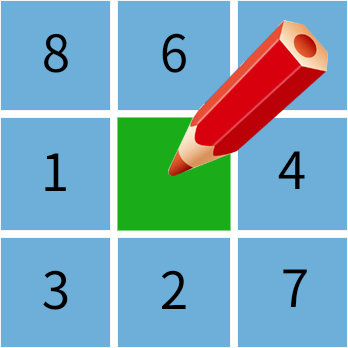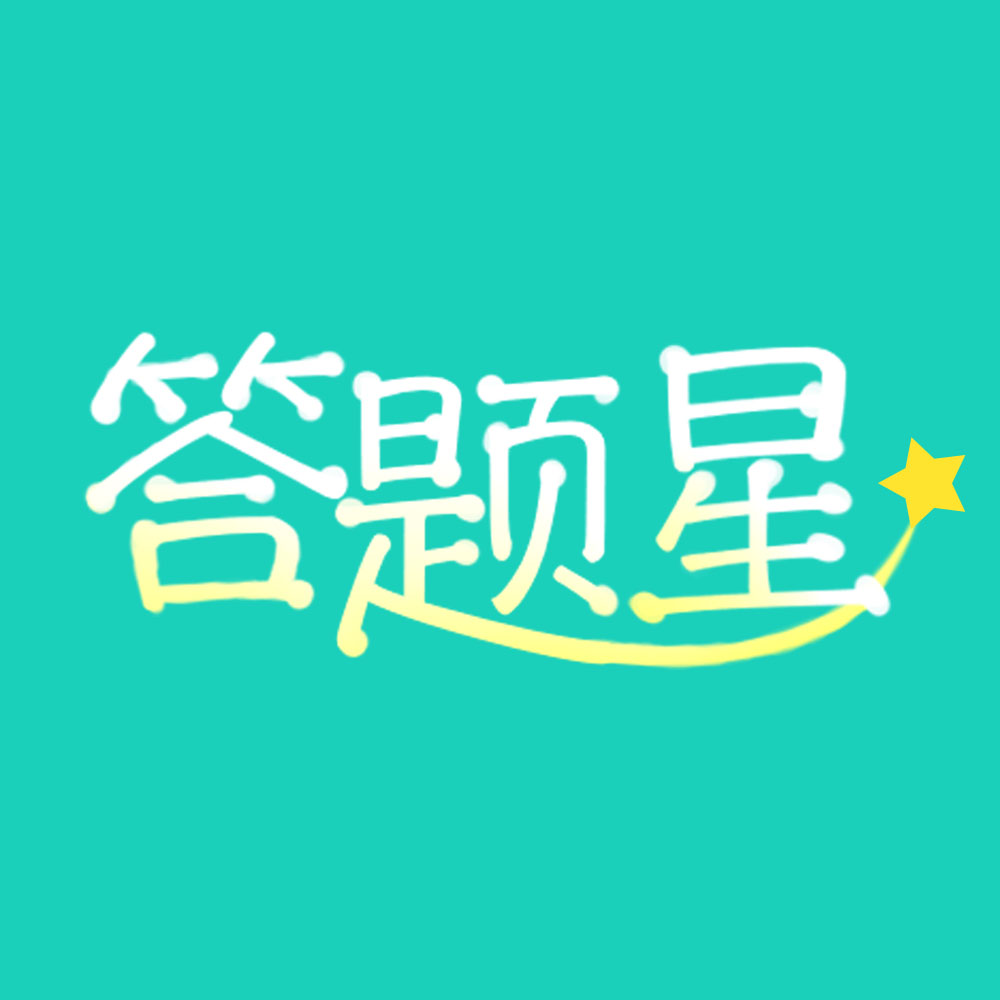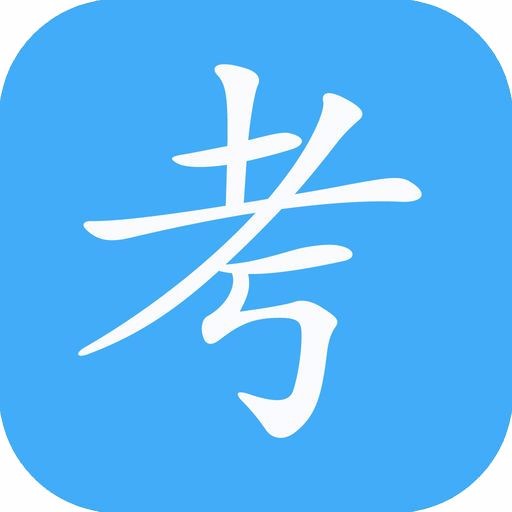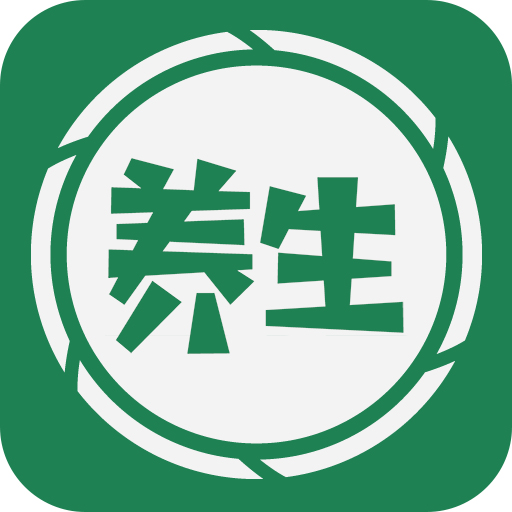精品推薦:第二套人民幣(叁元)
第二套三元人民幣發(fā)行于1955年3月1日,三元人民幣選擇的正面圖案是井岡山,顏色為深綠色,因此它的全名叫做第二套人民幣53年3元井岡山,也被成為綠三元。
在正面位置的中央位置寫著中國(guó)人民銀行,而在左右兩邊則分別以兩個(gè)圓形的圖案圈著繁體字的“3元”字樣,在中間的位置則是井岡山龍?jiān)纯趫D,整體搭配之下有一種非常融合的美感,據(jù)悉,這一款1953年3元的設(shè)計(jì)尺寸為16×7.25厘米。在1964年5月15日,開始只收不付,流通時(shí)間只有九年。The second set of three yuan RMB was issued on March 1, 1955. The positive pattern chosen by three yuan RMB is Jinggangshan, which is dark green in color. Therefore, its full name is the second set of 53 yuan Jinggangshan, which is also called Green Three yuan.
The central position of the front is the People's Bank of China, while the left and right sides are surrounded by two circular patterns with the traditional Chinese character "3 yuan", while the middle position is the Longyuankou map of Jinggangshan, which has a very integrated aesthetic feeling. It is reported that the design size of this 1953 3 3 yuan is 16 *7.25. Cm. On May 15, 1964, it began to be paid or not, and its circulation time was only nine years.
第二套人民幣之所以采用了“三元”的面額,主要有兩個(gè)原因:
首先是因?yàn)楫?dāng)時(shí)蘇聯(lián)的盧布常用“三”的面額,有三戈比的硬幣和三盧布的紙幣。第二套人民幣于1950年開始規(guī)劃設(shè)計(jì),1953年開始制版和印刷,當(dāng)時(shí)正是我國(guó)向蘇聯(lián)方全面學(xué)習(xí)的時(shí)期,所以在這方面也借鑒了盧布的面額體系。There are two main reasons why the second set of RMB has adopted the "three yuan" denomination:
First, it was because the rubles of the Soviet Union at that time used the face of "three". They had three Gobi coins and three rubles of paper money. The second set of RMB began to plan and design in 1950 and plate-making and printing in 1953. It was the time when our country learned from the Soviet Union in an all-round way. Therefore, the denomination system of the ruble was also used for reference in this respect.
第二個(gè)原因則是時(shí)間緊迫,印鈔廠生產(chǎn)能力有所不足導(dǎo)致的。當(dāng)時(shí)我國(guó)印刷技術(shù)還很落后,對(duì)大面額鈔票采用的復(fù)雜凹版對(duì)印技術(shù)和水印造紙技術(shù)的掌握都不過關(guān),所以二版幣中的大面額鈔票要委托蘇方代為印刷,其余小面額紙幣的鈔票紙,也大多要靠蘇方提供。第二套人民幣起初設(shè)計(jì)的最大面額鈔票是100元,后來(lái)為了預(yù)防逃到臺(tái)灣的國(guó)民黨大批量造假,把最高面額限制在10元(這樣造假的成本和難度也就大大增加了)。在貨幣總需求量確定的條件下,這就大大增加了印刷的工作量,即使是蘇方大型印鈔廠的生產(chǎn)能力,要想在一年多時(shí)間里完成這樣大批量的生產(chǎn),也是十分困難的。如果再?zèng)]有“三元”的面額,一元、二元紙幣的印刷量就要更加增多,印刷任務(wù)就更難以完成了,所以經(jīng)過與蘇方的技術(shù)性商討,我國(guó)最終確定了模仿盧布的1、2、3、5、10元的面額劃分。The second reason is the shortage of time and the inadequate production capacity of money printing plants. At that time, China's printing technology was still very backward, and the complex intaglio printing technology and watermarking papermaking technology used for large denomination banknotes were not competent. Therefore, the large denomination banknotes in the second edition of banknotes should be entrusted to the Soviet side for printing. The other small denomination banknotes were mostly provided by the Soviet side. The second set of RMB was originally designed with a maximum denomination of 100 yuan. Later, in order to prevent the Kuomintang fleeing to Taiwan from forging in large quantities, the maximum denomination was limited to 10 yuan (which greatly increased the cost and difficulty of forging). Under the condition that the total demand for money is fixed, this greatly increases the printing workload. Even the production capacity of large-scale Soviet banknote printing factories, it is very difficult to complete such large-scale production in more than a year. If there is no "three yuan" denomination, the printing volume of one yuan and two yuan notes will increase, and the printing task will be more difficult to complete. Therefore, after technical discussions with the Soviet side, China has finally determined the denomination division of 1, 2, 3, 5 and 10 yuan imitating the ruble.






